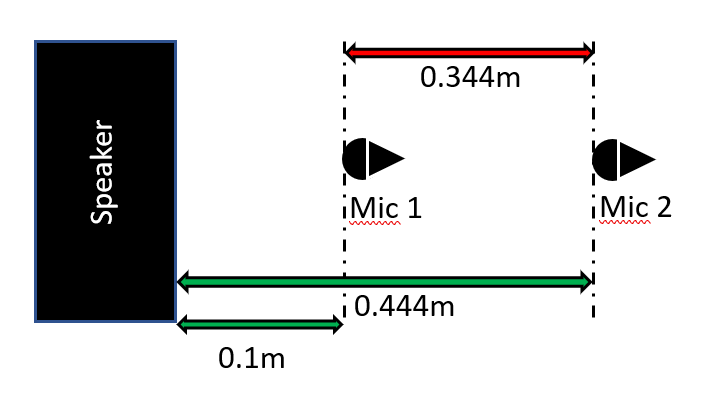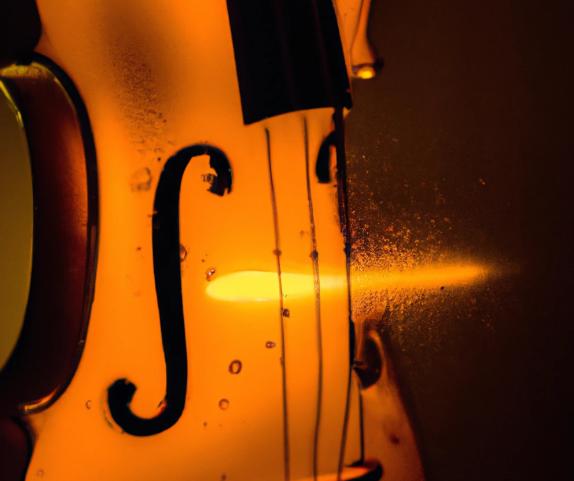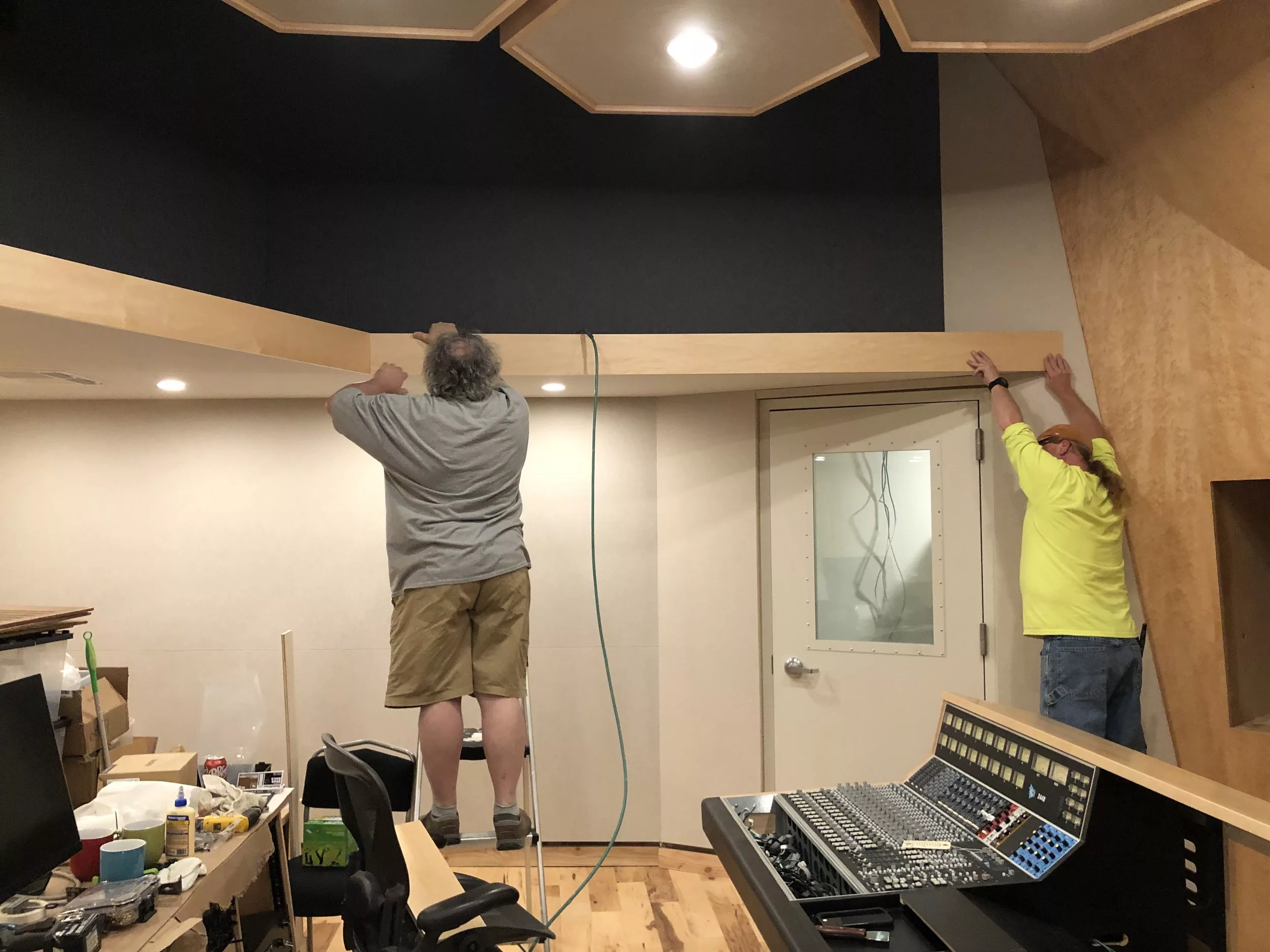Phase and Comb Filtering: Understanding and Solving the Problems
Welcome to this article which discusses phase in audio, highlighting one of its major consequences: comb filtering. We will examine the impacts of this phenomenon, the solutions to remedy it, as well as the unique sound effects it can generate. This article marks the beginning of a series dedicated to the phase in audio.
What is the phase relation?
In the specific context of two sinusoidal signals of the same frequency, the phase relationship refers to the relative position of their respective cycles. When these signals are in phase, it therefore means that their peaks and troughs coincide at exactly the same time.
As a result, when these in-phase signals are added, the voltages of the two waveforms combine, resulting in signal amplification.


On the other hand, when the signals are out of phase, that is to say they are not perfectly synchronized. Different consequences occur. The extreme case therefore occurs when the peak of one signal exactly coincides with the trough of the other.
In this situation, the signals cancel each other out. Thus resulting in a significant reduction or complete suppression of the resulting signal.
On this image, it is clearly visible that the signal of track 1 and the signal of track 2 are perfectly out of phase. When these signals are added together to create track 3, it is evident that the two signals cancel each other out. This results in a complete suppression of the signal.
What is the comb filter?
Considering a similar scenario where two identical versions of a complex signal are added together with a slight time shift, some frequencies will overlap while others will cancel. A graphical representation of the frequency response would therefore reveal a series of peaks and valleys stretching across the audio spectrum. The position depends on the time difference between the two waveforms.


In this diagram, we can observe the source, represented by a speaker, as well as two microphones. These two microphones pick up the same signal from the source, but with a slight time difference.
Here is an example illustrating the addition of two identical signals but shifted in time. It is observable that the combination of these two signals generates an overall waveform which has a structure similar to that of a comb, hence the term “comb filter“. The consequences of this phenomenon will be explored in more detail later in the article.
Freesong analysis
FreeMastering Sample
Understand the problems associated with comb filters and their effect on sound
The comb filter can cause several unwanted problems in audio processing. One of the major problems is therefore the appearance of resonances or specific frequency cancellations.
When signal frequencies overlap and cancel each other out, deep dips can form in the frequency response. This situation therefore results in a loss of level at these frequencies. This can impair sound quality and cause unwanted distortion.


In addition, comb filtering can cause uncontrolled coloration and temporal distortion effects (flanger, chorus etc.) which can affect the clarity, intelligibility and perception of sound spatialization.
During sound recording, this situation can have dramatic consequences. This phenomenon will considerably alter the timbre of the captured sound source.
How to avoid the undesirable effects of the comb filter?
To minimize the undesirable effects of comb filtering, several approaches can therefore be adopted.
-First of all, by adjusting the position of the microphones relative to the sound source, one can reduce time shifts and phase differences.
-Then, the use of in-phase recording and targeted equalization techniques makes it possible to reduce resonances and correct the impacted frequencies.
-Finally, investing in quality acoustic treatment is an essential solution to effectively combat comb filtering during sound recording.
Comb filters and time effects
Flanger
The flanger is achieved by using a scalable delay. The input signal is duplicated so that there is a summation of the delayed signal and the non-delayed one. This therefore creates a sweeping effect of frequencies and produces a sound that appears to “ripple”.
A flanger’s feedback is the feedback of the processed signal back to the flanger’s input, which creates a repeating effect and enhances the resonant, undulating character of the “flangered” sound.
This adds thickness and movement to the sound.
Chorus
Chorus is an audio effect that creates the illusion of multiple voices or instruments playing together.
It is achieved by layering multiple copies of an audio signal, each with a slight time shift and slight pitch variation.
This produces an expanded, spatial and textured sound, simulating the effect of a choir or musical ensemble.
Conclusion
In conclusion, this article has covered the concepts of phase and comb filtering and their implications for audio. We’ve looked at the problems with comb filtering, solutions to mitigate them, and unique sound effects like flanger and chorus. By understanding these concepts and using the right techniques, we can improve the quality of our recordings and create captivating sound textures.





